Innovative Marketing Strategies
The Phytoceramides Market is increasingly characterized by innovative marketing strategies that resonate with health-conscious consumers. Brands are leveraging social media platforms and influencer partnerships to promote the benefits of phytoceramides, particularly in relation to skin health and beauty. This approach appears to be effective, as consumer engagement with brands that utilize these strategies tends to be higher. Market Research Future indicates that companies employing targeted digital marketing campaigns can achieve up to 30% higher conversion rates. As competition intensifies, brands are likely to continue exploring creative marketing avenues to differentiate their phytoceramide products, thereby enhancing visibility and driving sales within the Phytoceramides Market.
Expansion of E-commerce Platforms
The Phytoceramides Market is witnessing a notable shift towards e-commerce platforms, which are becoming increasingly popular among consumers seeking convenient access to health and beauty products. The rise of online shopping has facilitated the distribution of phytoceramide-based products, allowing brands to reach a broader audience. Data suggests that e-commerce sales in the beauty and personal care sector are expected to grow by over 20% annually, significantly impacting the phytoceramides segment. This trend is likely to encourage manufacturers to invest in online marketing and distribution strategies, further propelling the growth of the Phytoceramides Market. As consumers increasingly prefer the convenience of online shopping, the industry may see a diversification of product offerings tailored to meet the demands of this digital-savvy demographic.
Increasing Awareness of Skin Health
The Phytoceramides Market is experiencing a surge in consumer awareness regarding skin health and its connection to overall well-being. As individuals become more informed about the benefits of maintaining skin hydration and elasticity, the demand for products containing phytoceramides is likely to rise. Research indicates that phytoceramides can enhance skin barrier function, potentially reducing the appearance of aging. This growing awareness is reflected in the increasing sales of skincare products infused with phytoceramides, which are projected to reach a market value of approximately USD 200 million by 2026. Consequently, brands are focusing on marketing strategies that emphasize the skin health benefits of phytoceramides, thereby driving growth in the Phytoceramides Market.
Rising Interest in Anti-Aging Solutions
The Phytoceramides Market is significantly influenced by the increasing interest in anti-aging solutions among consumers. As the global population ages, there is a growing demand for products that can effectively combat the signs of aging, such as fine lines and wrinkles. Phytoceramides Market, known for their ability to improve skin hydration and elasticity, are becoming a preferred ingredient in anti-aging formulations. Market analysis indicates that the anti-aging skincare segment is projected to grow at a compound annual growth rate of 7% over the next five years. This trend is likely to drive innovation in product development, with brands focusing on creating advanced formulations that incorporate phytoceramides, thereby enhancing their appeal in the Phytoceramides Market.
Regulatory Support for Natural Ingredients
The Phytoceramides Market benefits from increasing regulatory support for natural ingredients in cosmetic and dietary products. Governments and regulatory bodies are progressively endorsing the use of natural components, which aligns with consumer preferences for clean and safe products. This regulatory environment is likely to encourage manufacturers to incorporate phytoceramides into their offerings, as they are derived from plant sources and are perceived as safer alternatives to synthetic ingredients. The market for natural skincare products is anticipated to grow substantially, with phytoceramides playing a pivotal role in this expansion. As regulations continue to favor natural formulations, the Phytoceramides Market may experience accelerated growth, driven by consumer demand for transparency and safety in product ingredients.


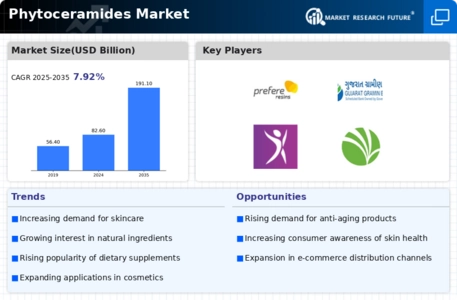
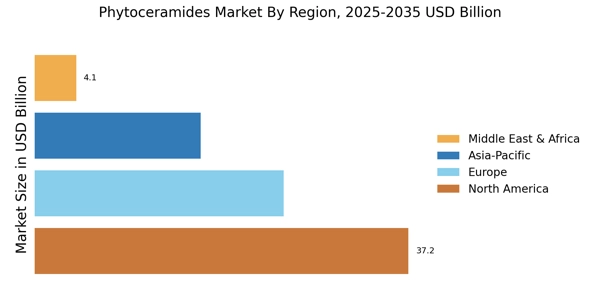

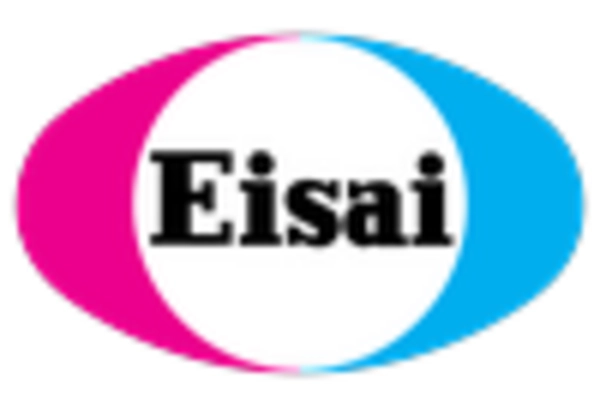
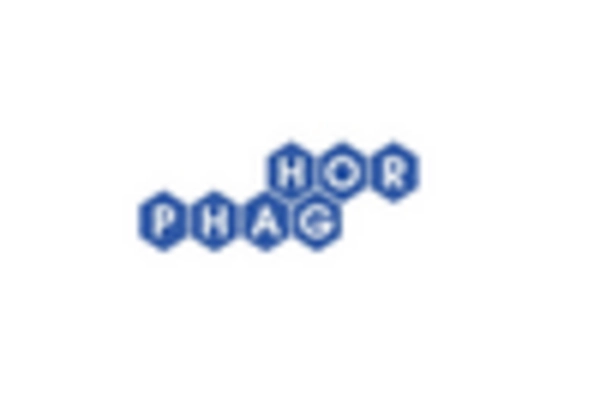
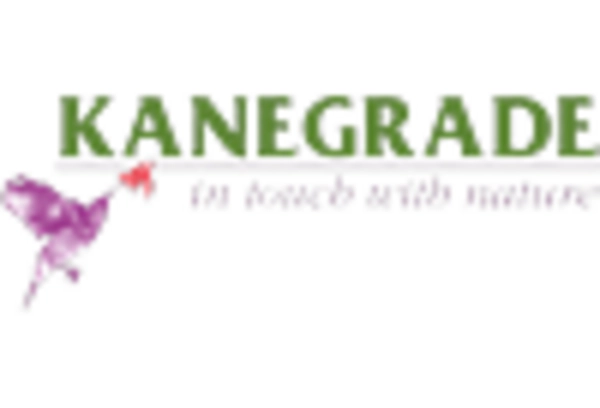
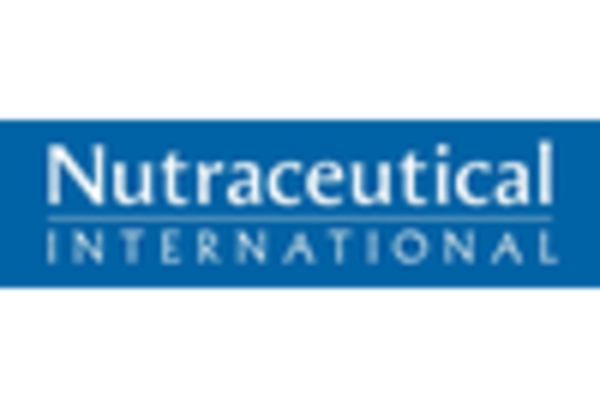









Leave a Comment